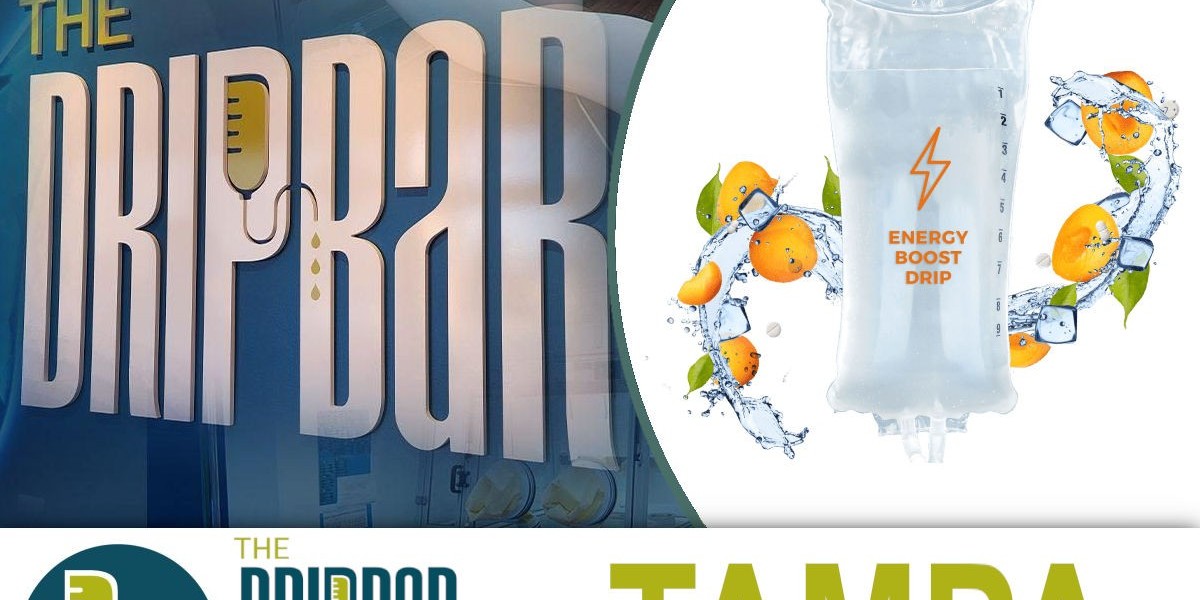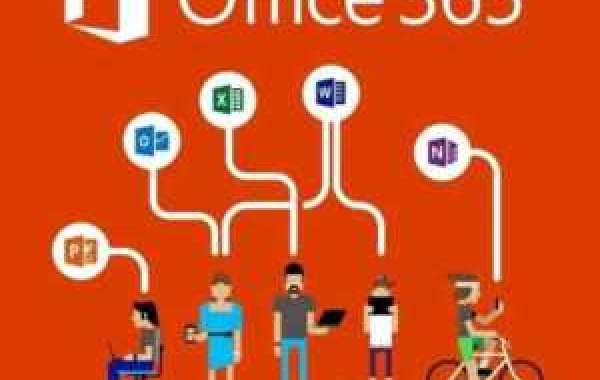Introduction
As we approach 2024, email marketing continues to evolve, adapting to new technologies, changing consumer behaviors, and emerging privacy regulations. This dynamic landscape presents both challenges and opportunities for marketers.
In this article, we'll explore the top email marketing trends that are set to shape the industry in 2024, offering insights into how businesses can stay ahead of the curve and maximize their email marketing effectiveness.
AI-Powered Personalization
Hyper-Personalized Content
Artificial Intelligence (AI) is revolutionizing email personalization. In 2024, we'll see AI algorithms analyzing vast amounts of data to create highly tailored email content. This goes beyond simple name insertion; AI will predict individual preferences, behaviors, and even emotional states to craft messages that resonate on a deeply personal level.
Dynamic Content Optimization
AI will also play a crucial role in real-time content optimization. As subscribers open emails, AI systems will instantly adjust content based on current data, ensuring that each recipient sees the most relevant information, offers, and calls-to-action.
Interactive and Immersive Experiences
AMP for Email
Accelerated Mobile Pages (AMP) for Email will gain wider adoption, allowing for more interactive and dynamic email experiences. Subscribers will be able to take actions directly within emails, such as making purchases, booking appointments, or filling out forms without leaving their inbox.
Augmented Reality Integration
Innovative brands will incorporate Augmented Reality (AR) elements into their emails. This could include virtual try-ons for fashion retailers or 3D product visualizations for tech companies, providing an immersive experience that boosts engagement and conversions.
Privacy-First Approaches
Enhanced Data Protection Measures
With increasing privacy regulations and growing consumer awareness, 2024 will see a strong emphasis on data protection in email marketing. Brands will need to be more transparent about data collection and usage, implementing robust consent mechanisms and data management practices.
Cookieless Tracking Alternatives
As third-party cookies phase out, email marketers will turn to first-party data and privacy-friendly tracking alternatives. This shift will encourage more direct relationships with subscribers and innovative ways to gather and utilize customer data ethically.
Sustainability in Email Marketing
Eco-Friendly Email Practices
Environmental consciousness will extend to email marketing strategies. Marketers will optimize email file sizes, reduce unnecessary sends, and highlight their sustainability efforts in email content to appeal to eco-conscious consumers.
Green Messaging and Initiatives
Brands will increasingly use their email campaigns to communicate their sustainability initiatives and encourage environmentally friendly behaviors among their subscribers.
Voice-Optimized Email Content
Voice Assistant Integration
As voice assistants become more prevalent, email marketers will optimize their content for voice readability. This includes crafting subject lines and content that sound natural when read aloud and structuring information for easy voice navigation.
Voice-Activated Calls-to-Action
Innovative marketers will experiment with voice-activated calls-to-action, allowing subscribers to interact with emails using voice commands, potentially increasing engagement rates.
Inclusive and Accessible Design
Designing for Diverse Audiences
Email design in 2024 will focus on inclusivity, ensuring that content is accessible to people with various disabilities. This includes using alt text for images, ensuring sufficient color contrast, and creating layouts that work well with screen readers.
Multilingual and Cultural Adaptation
Global brands will invest in sophisticated translation and cultural adaptation tools to create emails that resonate with diverse international audiences, going beyond mere language translation to cultural nuances.
Advanced Analytics and Predictive Insights
AI-Driven Performance Forecasting
Advanced analytics powered by AI will provide more accurate predictions of email campaign performance. Marketers will use these insights to optimize send times, content, and segmentation strategies proactively.
Behavioral Pattern Recognition
Sophisticated analytics tools will identify complex behavioral patterns among subscribers, allowing for more nuanced segmentation and targeted campaigns based on predicted future behaviors.
Integration with Other Marketing Channels
Omnichannel Synchronization
Email marketing will become more tightly integrated with other marketing channels. Marketers will create seamless experiences across email, social media, SMS, and web, ensuring consistent messaging and user journeys.
Cross-Channel Attribution Models
Improved attribution models will help marketers understand the role of email in the broader marketing mix, leading to more strategic resource allocation and campaign planning.
Conclusion: Embracing the Future of Email Marketing
As we look towards 2024, it's clear that email marketing within the online marketing business is far from static.
The trends we've explored from AI-powered personalization to voice optimization and sustainability represent exciting opportunities for marketers to create more engaging, effective, and responsible email campaigns.
To stay competitive in this evolving landscape, marketers must remain agile, embracing new technologies while always keeping the needs and preferences of their audience at the forefront. By staying informed about these trends and strategically implementing them, businesses can ensure that their email marketing efforts continue to drive results and foster meaningful connections with their subscribers.
The future of email marketing is bright, filled with possibilities for innovation and deeper customer engagement. As we move into 2024, those who adapt to these trends and continue to push the boundaries of what's possible in email marketing will be well-positioned for success in the digital age.










